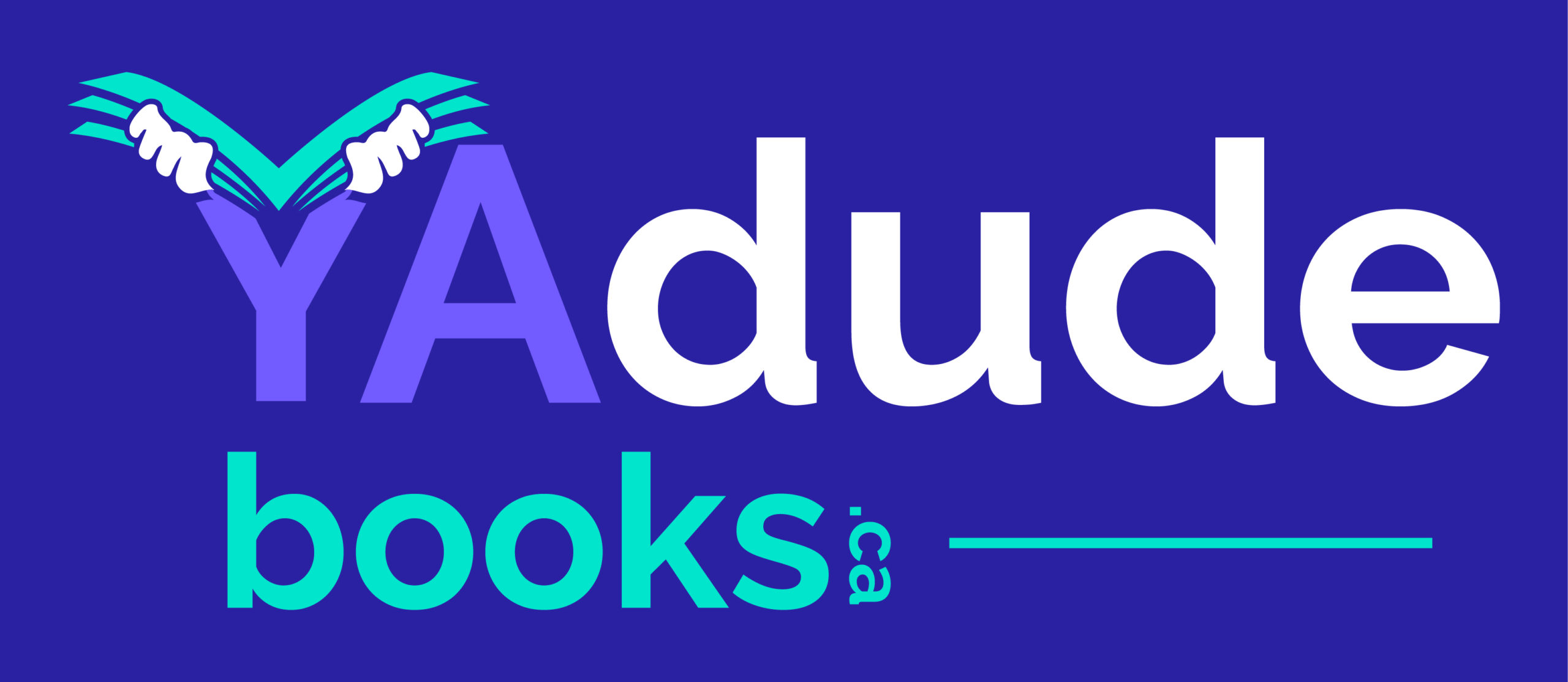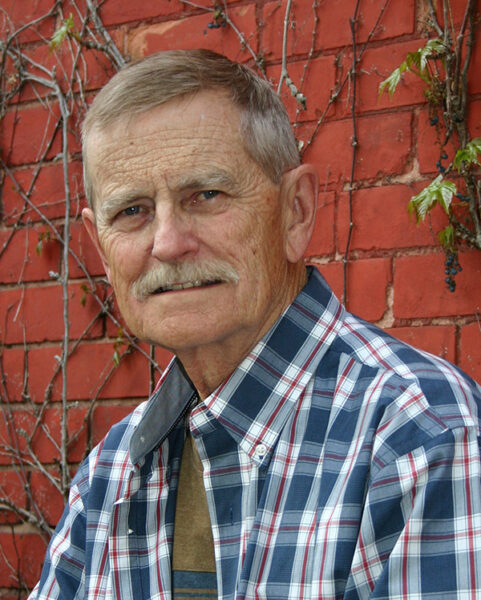“When I learned [what authors were], I remember thinking, “Wow, that must be the coolest job in the world.” — David A. Poulsen, author for youths
Posted May 2, 2025
David A. Poulsen, a writer/broadcaster in Alberta, Canada, has written 31 books over the past 41 years, garnering innumerable awards. Roughly two thirds of his books are for young readers, while others include adult mysteries, sports biographies and even a cowboy cookbook. Among his best-known youth novels are Last Sam’s Cage, And Then the Sky Exploded and Numbers (winner of Japan’s Sakura Medal). His young-adult mystery/thriller The Dark Won’t Wait (Red Deer Press, 2024) has been shortlisted for the Crime Writers of Canada Award of Excellence in the Juvenile/Young Adult category.
After studying literature at two Canadian universities and a New York City Theatre program, he worked as a rodeo competitor, rodeo clown and commentator — as well as a rock singer, high school football coach, stage and film actor (Black Stallion, Convict Cowboy and Heartland), documentary TV writer and host, and college English instructor. The father of three grown children, he and his wife raise and train quarter horses near Claresholm, Alberta. He can be found at https://www.davidapoulsenauthor.com/, @davidpoulsen5399 and https://www.facebook.com/david.poulsen.71
Q: Your newest middle-grade novels (The Unlikely Hero and A Time of Legends, with co-author Rick McIntyre, Greystone Books) are your 30th and 31st books – and the first and second in the Chronicles of the Yellowstone Wolves series. What has drawn you to write for young people so prolifically throughout your career?
A: I think my interest in writing for kids stems from my own reading when I was growing up. From the Hardy Boys to Treasure Island, To Kill a Mockingbird and so many others, many of my favorite books had kids as the central characters. It’s not surprising that my first books had kids as the lead figures as well. Even my very first real success — winning the Alberta Culture Short Story Competition in 1984 — The Welcomin’ looked at the World War Two Battle of Dieppe through the eyes of a young boy growing up in Saskatchewan. I love the way kids look at the world around them and I take great pride in knowing that kids, many of whom are, I believe, very discerning readers, are engaged by some of the things I have written.
Q: What are some of the biggest changes you’ve seen in teens’ reading habits over recent decades?
A: I am concerned that in a world where we are far more likely to see kids focused on their phones, social media and Netflix, they aren’t reading stories and books for the sheer pleasure of it. The days of sneaking extra reading time (the flashlight and book under the covers isn’t a cliché — it was reality for me) seem to be much less in evidence. We as writers need to be cognizant of the need to keep writing stories that will attract, then engage kids. The good news is that that there are so many amazing writers (many of them in Canada) who are creating terrific books that are hugely popular with kids of all ages.
Q: Were you a keen reader growing up? Also, what are your best strategies for engaging today’s young readers, especially boys?
A: I was surrounded by books as a child. My parents read to me and with me, and I loved the stories and books we were reading. When my dad shared with me the news that there was someone called an author whose job it was to create those stories and books that so fascinated me, I remember thinking, “Wow, that must be the coolest job in the world.” And when I saw the picture of the author on the inside cover of a book, that person was as big a deal to me as my favorite baseball or hockey player. My favorite place when I was growing up was the neighbourhood library. I think my favorite-ever comment from a reader is when they tell me (and this happens often with boys) that one of my books is the first one they read that wasn’t a school project and it inspired them to read more books. That is about the best feeling I can have as a writer. To engage boys as readers we have to write books with characters they can relate to, doing things that matter to boys. My rodeo books have resonated especially with boys in rural settings.
Q: What brought you into your most recent project, the wolf series?
A: I received a phone call from a wonderful editor I have worked with a number of times — Linda Pruessen with Greystone Books. She told me about Rick McIntyre, one of the foremost wolf experts in the world, who has written very popular books about wolves for adults. Rick was involved from the beginning with the wolf reintroduction program for Yellowstone National Park and had a number of books focusing on the lives of some of those wolves. Linda asked me if I thought I could adapt his nonfiction adult books to books for kids. I said I had no idea but that I’d love to try. It turns out that my complete lack of knowledge about wolves was an asset because I was learning about wolves and falling in love with their stories in exactly the way that we hoped our young readers would. And happily, that is exactly what has happened as we just completed book three in the series (to be released in 2026) and are now looking at the possibility of a fourth book.
Q: Tell us about collaborating with a wolf expert, and the decision to intersperse your narrative with his sidebars on wolf facts and life as a wolf observer?
A: It has been very positive working with Rick. Once we were able to show him the kind of thing we wanted to do in terms of writing stories that would engage kids without “Disney-fying” the wolves (no singing or dancing wolves!), the work went well and fairly quickly. We wanted Rick to have a presence in the books and the sidebars with his personal observations — as a guy who studied and chronicled the lives of the Yellowstone wolves every day for years (and still does) — seemed the perfect way to do that. It gives us the ideal combination — fast-paced, action-oriented stories that kids can enjoy — and the knowledge and insights into the lives of wolves that Rick is able to provide.
Q: How old were you the first time you saw a wolf?
A: Like most kids, my first encounter with a wolf was when a very bad one hassled poor Little Red Riding Hood. And I’d be lying if I didn’t admit that colored my view of wolves for a long time. But when, as an adult, I first saw wolves in the wild and heard their haunting howls, I began to look at them in a very different way. But I still didn’t really know wolves until this project. Rick makes the point that wolves are most like humans in the way they interact with their family members. And he’s right. I think that, like Rick, it is that element of the wolf personality that has drawn me to them more than anything else.
– Pam Withers

